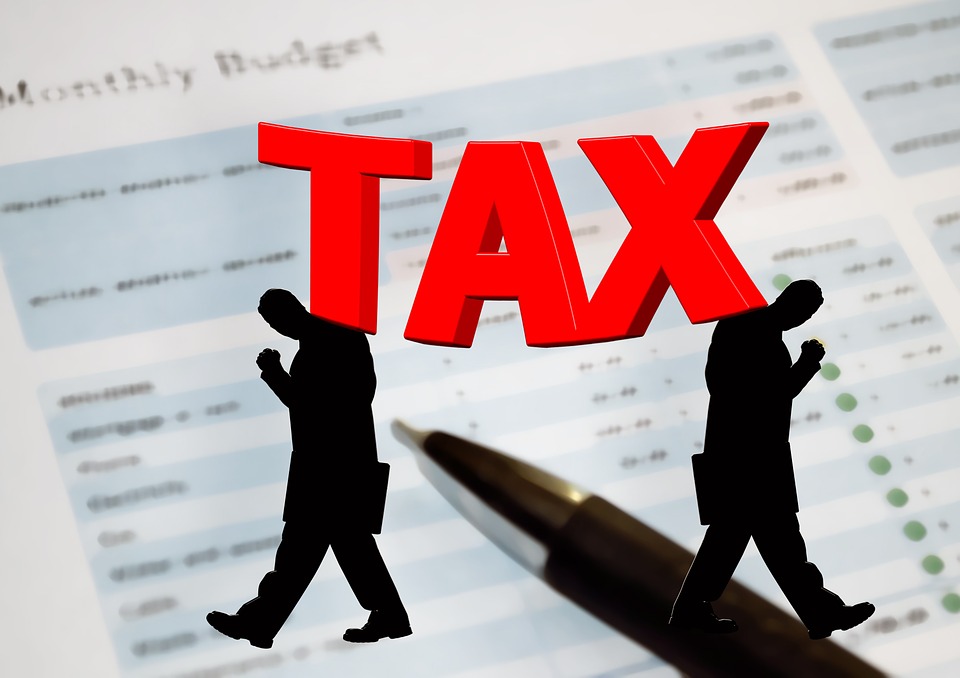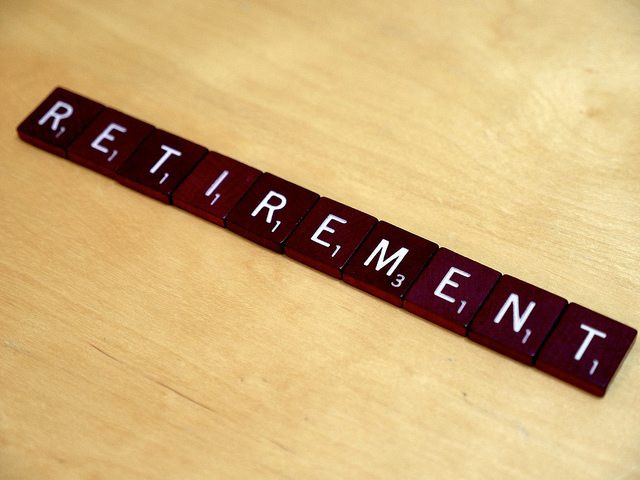Self-Employed? Here’s Five Fantastic Tax Tips

If you’re self-employed, you’ll know just how difficult taxes can be. Not only can income vary from one month to the next, but you also don’t have somebody above you to handle all the tricky paperwork. Fortunately, you do have us, and we have five tax tips today!
Claim ALL Business Deductions
Firstly, there are lots of different tax deductions for business expenses so pay attention to these. For example, you can claim the cost of entertaining clients, interest on business debt, half of all FICA payments, and for your home office.
Just last year, rule changes also meant that pass-through income could lead to a 20% deduction (this includes income from LLCs, partnerships, sole traders, S-corporations, and even rental properties).
Pay as You Earn
If you’ve ever been an employee, you’ll know that money is withheld to account for Social Security, federal and state taxes, and Medicare. While you might not have this intervention as a self-employed individual, this doesn’t mean you can’t pay as you earn and prevent the large tax penalty at the end of the year.
As long as you think your tax bill will be above $1,000 next year, payments for your quarterly estimated tax can be made in April, June, September, and January. If you paid taxes at all last year, estimated taxes would probably need to be paid; you can find out whether or not this is necessary with Form 1040-ES (Estimated Tax for Individuals).
Instead of $1,000, this reduces to $500 for corporations, and you can find the advice you need with Form 1120-W (Estimated Tax for Corporations).
If you create a safe harbor number with last year’s taxes or pay a minimum of 90% of the current year’s amount, you should avoid a penalty. Alternatively, you can pay 100% (or 110% if income increases) of last year’s taxes to be sure.
Open a Retirement Account
Just as we saw in the previous tip, you also don’t have anybody to take money for a 401(k) plan, and this can be problematic. Did you know that tax deductions can be claimed for your own retirement savings contributions?
For example, a SIMPLE IRA will allow for $13,000 in contributions from employees. What’s more, those over 50 years will also have an option of $3,000 in catch-up contributions. With a SIMPLE IRA, employers need to contribute, and they have the option of anything up to 3% of the employee’s compensation.
Elsewhere, 25% of net earnings can be contributed to a SEP-IRA while a maximum contribution of $19,000 is valid for a Solo 401(k). As you can see, it’s certainly worth investigating to improve your taxes somewhat.
Consider Your Business Structure
If you started the business as a partnership or sole proprietorship, you’re probably happy with the lack of paperwork. However, what you may not know is that incorporating to an S-corporation will provide flexibility with taxes (and offer liability protection!). For many, they can;
-Take profits as distributions
-Pay themselves a salary
-Reduce the amount of tax required
Seek Assistance
Finally, there’s nothing wrong with seeking advice from a professional. With a tax lawyer or certified public accountant (CPA), they can consider your business and provide tailored advice. Whether it’s adjusting your business entity or helping with deductions, the price you pay can be considered an investment if they help you to save money.
Additionally, knowledge will always pay. The more you learn about the self-employed tax rules and regulations, the better positioned you’ll be to overcome issues!







